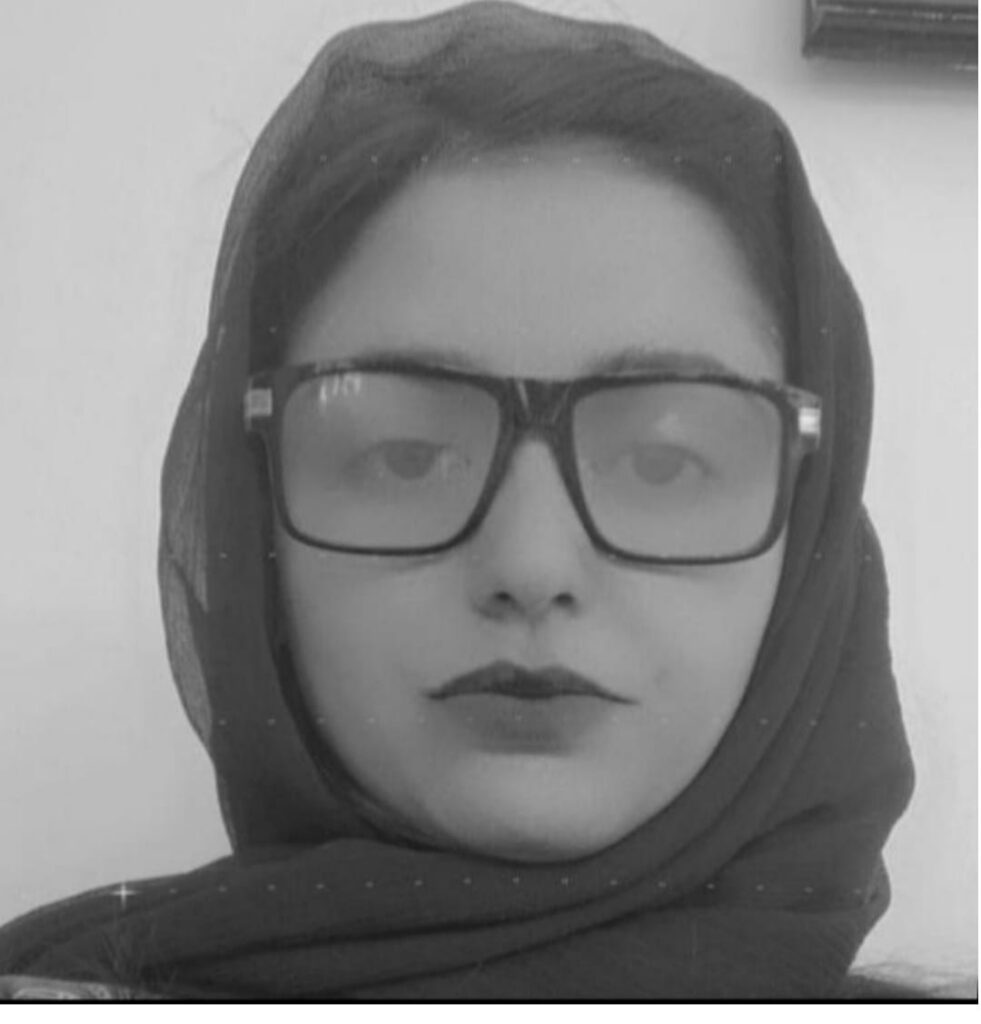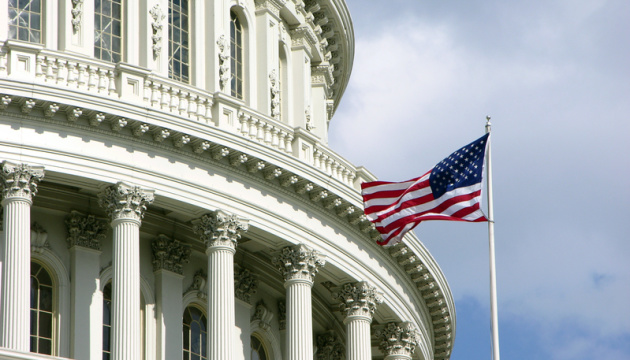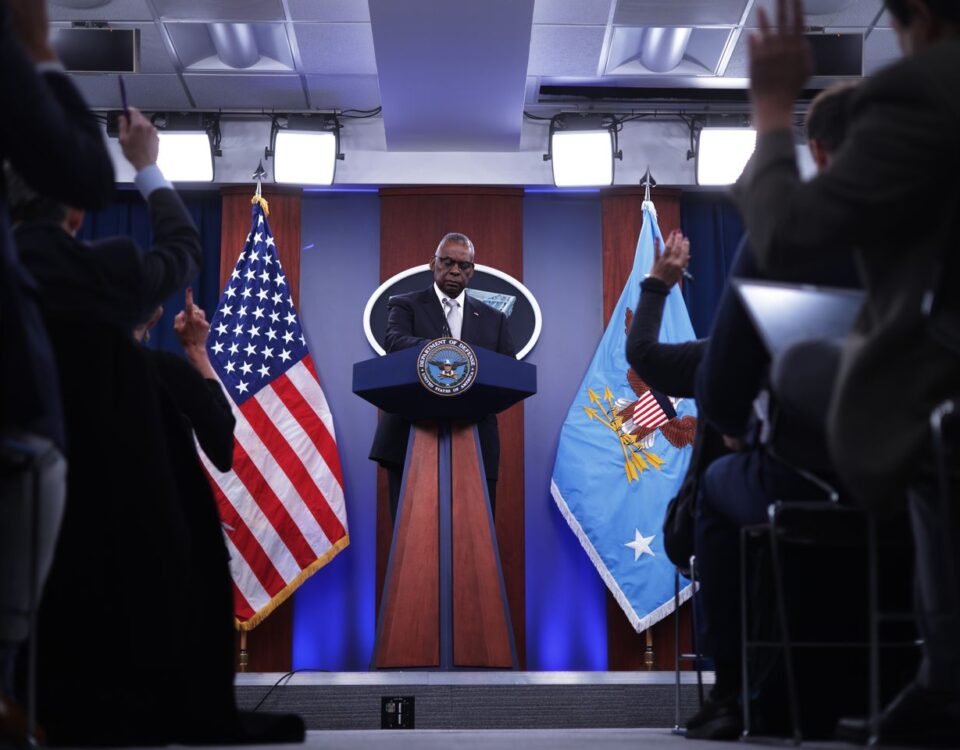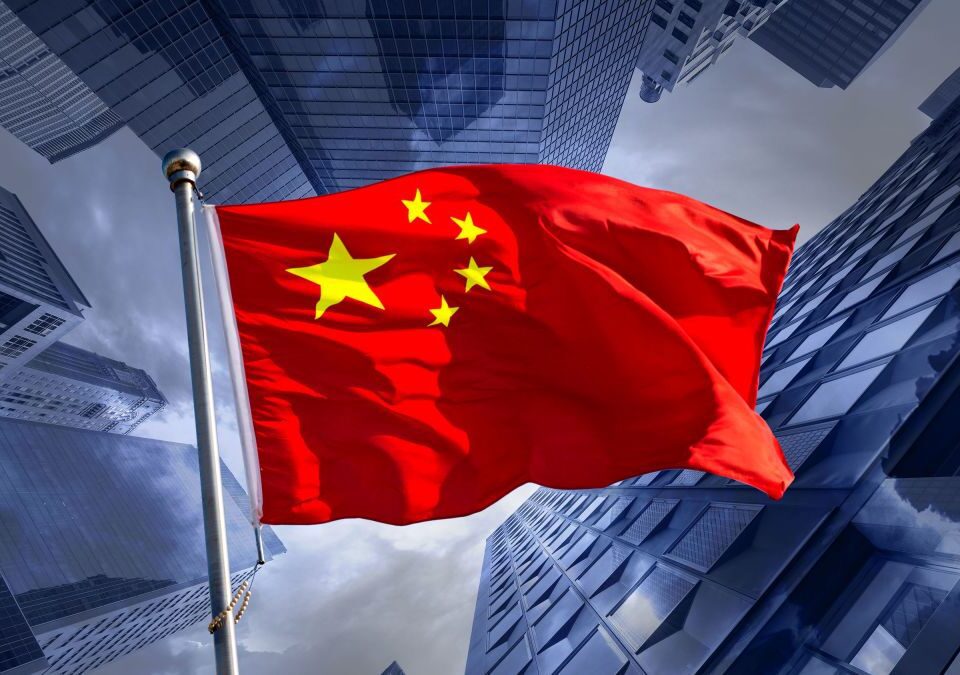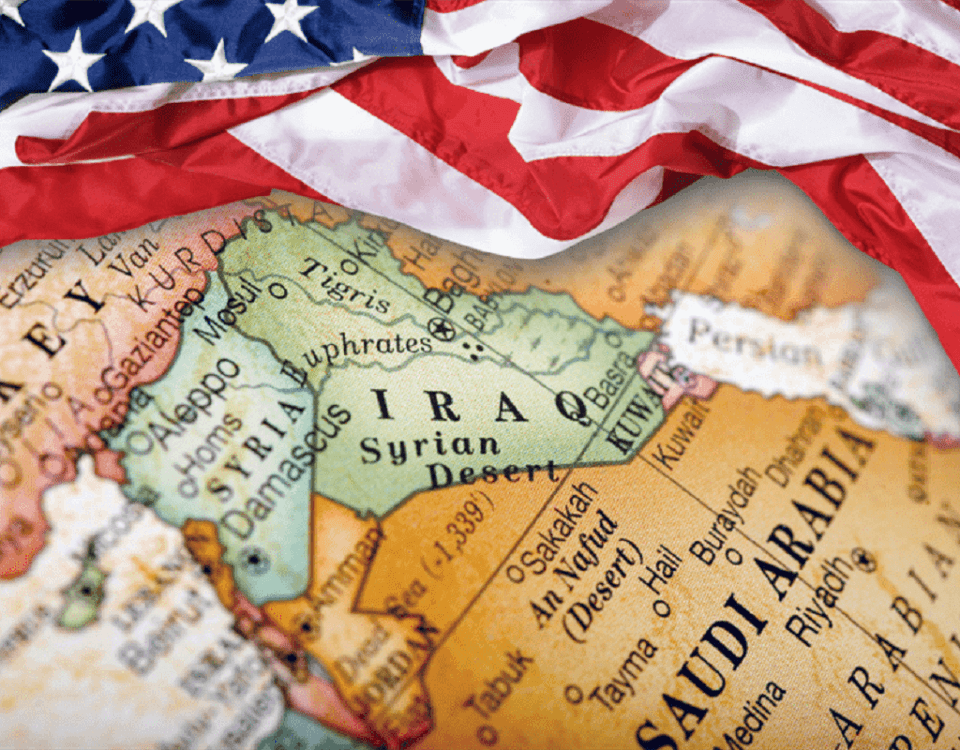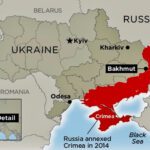
The Battle for Bakhmut: Shaping the Future of the Russia-Ukraine Conflict
October 26, 2023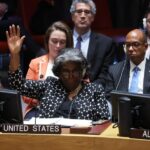
The US Role in Israel-Palestine Conflict: A Hindrance to Peace
October 28, 2023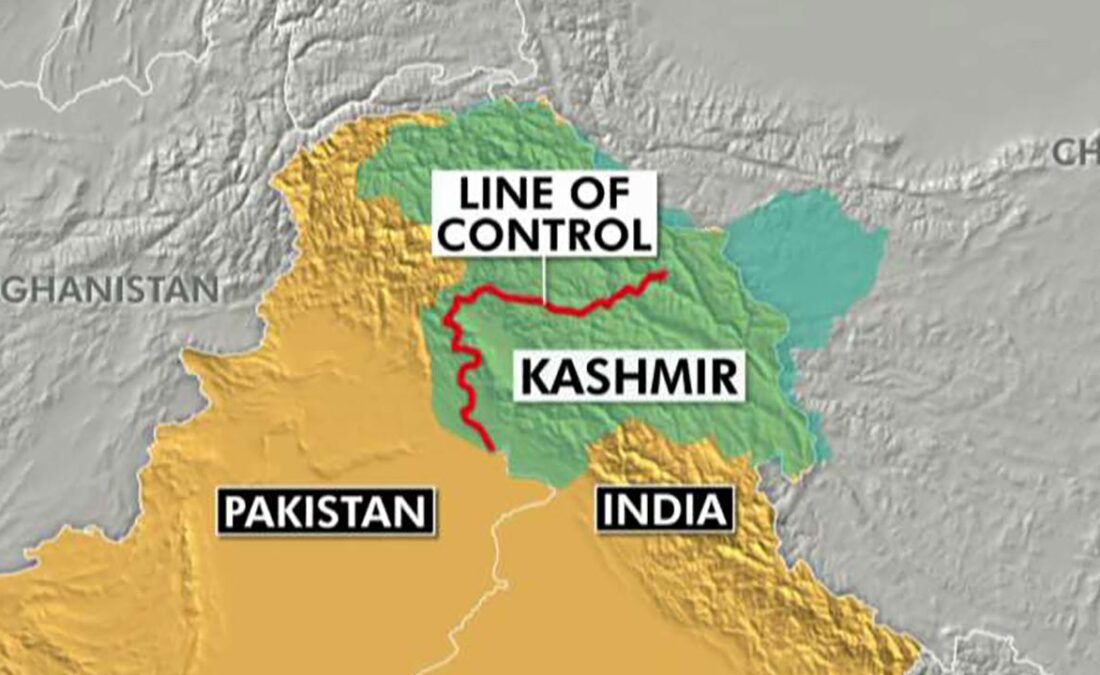
Syeda Mehak Riyal
When the word Kashmir resonates, images of a deep green carpet of grasses, diamond-shaped patches of sunshine, a light breeze, silent mountains, and a panorama of waterfalls come to mind. In addition to the fragrance of blooming roses, the blood of martyrs like Burhan Wani and Syed Ali Shah Gilani is also felt at these waterfalls. One can see and feel the oppressed, terrified faces trying to find peace amidst the commotion, as well as the brutality and violations of human rights, such as extrajudicial murders, enforced disappearances, and the relocation of populations.
The historical dispute about IIOJK centers on its 1947 accession to India. Despite the geographical proximity and Muslim Majority population, the princely state’s ruler, Maharaja Hari Singh, decided to annex India, which sparked a dispute with Pakistan, which claims IIOJK as part of its territory. As a result of this disagreement, which saw both India and Pakistan administer different parts of the region, there were wars, ceasefires, and several skirmishes. Decades of political, territorial, and military conflicts have resulted from the complexities of this historical dispute, which continues to be a major point of contention.
The UN-mediated a ceasefire in the 1947-48 conflict, which was the first conflict over Kashmir’s status following India’s division. Region-related conflicts were also a part of the 1965 war; both nations eventually agreed to a ceasefire and restored the status quo. A small-scale battle that mostly revolved around the Kargil district was the 1999 Kargil War. Pakistani and so the Kashmiri lens of the issue is the indigenous struggle of the Kashmiris for their right of self-determination, and being an international issue it needs to be resolved by the United Nations Security Council Resolution of plebiscite while India calls it a bilateral issue and considers the situation as insurgency.
The definition of conflict can be framed in different ways. For example, in the case of Afghanistan, Iraq, Syria, Yemen, Palestine, Siri Lanka, and North Korea- some conflicts are territorial while others are ideological, some are ethnic while others are sectarian. IIOJK holds all the dimensions but the conceptual leverage of freedom movement rather than insurgency links it with the notions of genocide of Kashmiris in IIOJK.
In Kashmir, the revocation of Article 370 in 2019 marked a turning point in the history of the region. On August 5, 2019, the Indian government, led by Prime Minister Narendra Modi and the Bharatiya Janata Party (BJP), repealed Articles 370 and 35(A) of the Indian Constitution, which had given the state of Jammu and Kashmir special autonomy. And all this further aggravated the situation, as through this Modi’s government is now unquestionably achieving its aims by making demographic changes in the region.
Furthermore, through propaganda journalism and lobbying, Indian media is presenting the freedom fighters as terrorists. It has embarked on a concerted campaign, effectively lobbying to shape public opinion both domestically and internationally. In the aftermath of this significant constitutional change, many Indian media outlets largely reflected the government’s stance, framing it as a move towards greater integration, development, and security in the region, while downplaying voices critical of the decision. This media campaign was marked by a pro-government narrative emphasizing economic development, reduced terrorism, and the promise of a “new Kashmir.” By amplifying these themes, Indian media sought to garner both domestic and international support for the government’s actions in IIOJK, often overshadowing the human rights violations and geopolitical complexities associated with the region.
UNSCR 47(1948) states;
“The question of accession of Jammu and Kashmir to India and Pakistan should be decided through the democratic method of free and impartial plebiscite.”
But the question that arises here is whether was this passed just to be confined to the piece of paper. Where the international humanitarian law defenders are? Women are being raped and children are being brutally murdered, can’t they see such brutal disrespect of human rights?
Therefore, this pressing issue can pose a great threat at Regional and International Levels. There is a dire need for the International Media should play its role in true essence to show the reality to the world. Also by using social media platforms, youth can significantly contribute to drawing the world’s attention to the Kashmir issue. International stakeholders should prioritize peaceful dialogue and conflict resolution in IIOJK by supporting youth-led initiatives, such as seminars, webinars, and awareness campaigns, which can promote global understanding. On a global scale, their zeal, dedication, and enthusiasm for social justice can serve to elevate the voices of the people of Kashmir.
The writer is a student of Peace and Conflict Studies.
